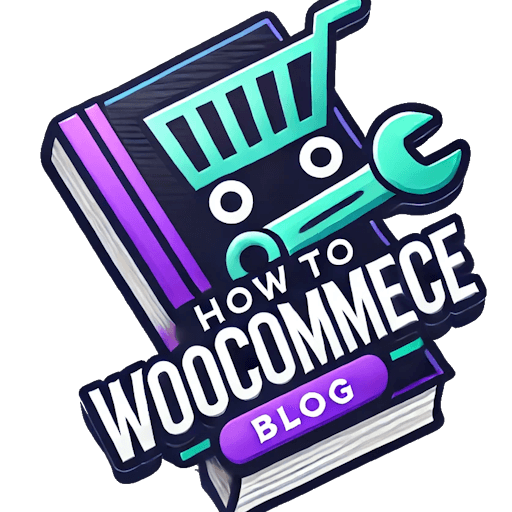# How to Adjust the Height of Your WooCommerce Primary Navigation
So, you’ve built a beautiful WooCommerce store, but the primary navigation bar – that crucial strip at the top showing your shop pages – just isn’t quite the right height. It might be too cramped, too tall, or simply out of sync with your overall design. Don’t worry, adjusting the height is easier than you think! This guide will walk you through several methods, catering to different levels of technical expertise.
Why is the Navigation Height Important?
Before diving into the how-to, let’s understand *why* navigation height matters. A poorly sized navigation bar can impact:
- User Experience (UX): A cramped Check out this post: How To Link Enfold Theme Page To Woocommerce navigation makes it hard for customers to read menu items, especially on mobile devices. Imagine trying to click a tiny link on your phone – frustrating, right? Conversely, an overly tall navigation can feel clunky and wasteful of screen space.
- Visual Appeal: The navigation is often the first thing visitors see. A well-proportioned navigation contributes to a professional and polished look, enhancing your brand image. Think of it like the storefront of a physical shop; you want it to be inviting and well-organized.
- Responsiveness: The navigation needs to adapt seamlessly to different screen sizes (desktops, tablets, phones). A fixed height might look fine on a desktop but become unusable on a small screen.
- Incorrect Selector: If your CSS doesn’t work, use your browser’s developer tools (usually accessed by right-clicking and selecting “Inspect” or “Inspect Element”) to inspect your navigation bar and find its correct CSS selector. This will help ensure you target the right element.
- Theme Conflicts: Sometimes, other CSS rules might override your changes. Try adding `!important` to the end of your CSS rule (e.g., `height: 50px !important;`), but use this sparingly as it can cause conflicts later.
Method 1: Using Custom CSS (For Beginners and Intermediate Users)
This is often the simplest and most effective method, requiring no complex plugin installations. We’ll use custom CSS to directly target the navigation’s height.
Understanding Custom CSS: Custom CSS is essentially a set of instructions that tell your website how to style specific elements. Think of it as adding personalized makeup to your website!
Steps:
1. Access your theme’s customizer: Most WordPress themes have a customizer (Appearance > Customize). Look for a section labeled “Additional CSS” or something similar.
2. Add the following code: This code targets the main navigation’s height. Replace `50px` with your desired height. Remember to always back up your website before making changes!
#site-navigation {
height: 50px; /* Change ’50px’ to your desired height */
}
3. Save and preview: Click “Save & Publish” or the equivalent button. Refresh your website to see the changes. If it doesn’t work, double-check that the `#site-navigation` selector correctly targets your navigation’s ID in your theme’s code (Inspect Element in your browser can help you find the right selector).
Example: Let’s say your navigation is too squished, and the text is overlapping. Changing the height to `60px` might provide the necessary space.
Method 2: Using a Child Theme (For Intermediate Users)
This is a more advanced, yet safer method. Using a child theme prevents your customizations from being overwritten when you update your main theme.
1. Create a child theme: This process varies depending on your theme, but Read more about How To Remove Woocommerce Dummy Data usually involves creating a new folder with a specific file structure. Many tutorials are available online for creating child themes.
2. Add your CSS: Once your child theme is active, you can add the same CSS code from Method 1 to the `style.css` file in your child theme.
3. Save and activate: Save the `style.css` file, and your changes will take effect.
Method 3: Using a Plugin (For Beginners)
Several plugins can modify your WooCommerce navigation. However, this is often less precise than using custom CSS. Search for plugins like “WooCommerce Header & Footer” or “Custom CSS and JS” in the WordPress plugin directory. Remember to always read reviews Explore this article on How To Hide Product Category In Woocommerce before installing a new plugin.
Troubleshooting
By following these methods, you can easily adjust the height of your WooCommerce primary navigation and create a more user-friendly and visually appealing online store. Remember to always back up your website before making any significant changes. Happy customizing!

